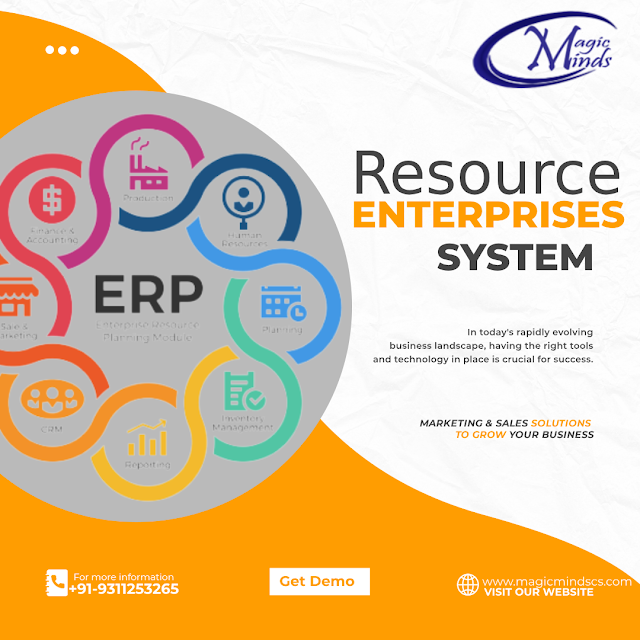Revolutionizing Library Management: An Online Library Management System Project
In the digital age, traditional library management systems face numerous challenges in efficiently organizing and accessing vast collections of books and resources. However, the advent of online library management systems has transformed the way libraries function. In this blog post, we will explore the concept of an online library management system project and its significance in streamlining library operations. We will delve into the features, benefits, and implementation aspects of such software, highlighting the key advantages it offers to librarians, staff, and library users alike.
A library
management system project refers to the development and implementation of
software specifically designed to automate and simplify library operations.
This project encompasses the creation of a comprehensive library management software that facilitates tasks such as
cataloging, borrowing and returning books, tracking inventory, managing
memberships, generating reports, and much more. The primary objective is to
enhance efficiency, accessibility, and user experience within the library
ecosystem.
Read Also:- Laboratory Information Management System
Key
Features and Functionalities:
Centralized Cataloging: An online library management system allows librarians to digitize and
centralize the cataloging process. This feature enables easy search and
retrieval of books, as well as efficient organization based on various criteria
such as author, title, subject, or ISBN.
User-friendly Interface: The software provides
an intuitive and user-friendly interface for both library staff and users.
Patrons can easily search for books, view availability, place holds, and even
receive notifications for due dates or reserved items.
Automated Check-in and Check-out: With the
implementation of barcode scanning or RFID technology, the system automates the
check-in and check-out process. This eliminates the need for manual book entry,
reduces errors, and saves valuable time for both staff and users.
Online Membership Management: The system enables
online registration, renewal, and management of library memberships. Users can
create accounts, update personal information, and access their borrowing
history, fostering a seamless user experience.
Inventory Management and Tracking: The software
offers real-time inventory management, allowing librarians to monitor the
availability and location of books. Automatic notifications can be set up for
low stock levels or missing items, ensuring efficient resource management.
Benefits
of an Online Library Management System:
Enhanced Accessibility: The online library management system project extends library services
beyond physical boundaries. Users can access the library's digital resources,
search the catalog, and even borrow e-books from anywhere at any time,
promoting inclusivity and convenience.
Streamlined Operations: Automation of routine
tasks, such as book entry, inventory tracking, and member management,
significantly reduces manual effort and human errors. This streamlining of
operations allows library staff to focus on more critical tasks and provide
better assistance to patrons.
Improved User Experience: With features like
personalized recommendations, online reservations, and automated reminders, the
system enhances the overall user experience. Patrons can easily find the books
they need, receive notifications, and enjoy a seamless borrowing experience.
Data-driven Decision Making: Online library management systems
generate detailed reports and analytics on various aspects, such as borrowing
patterns, popular genres, and resource utilization. This data empowers
librarians to make informed decisions regarding resource allocation, collection
development, and user engagement strategies.
Implementing
an Online Library Management System:
The successful implementation of an online library management system
project requires careful planning and execution. Here are a few key steps
involved in the process:
Needs Assessment: Identify the specific
requirements of your library, considering factors such as collection size, user
base, and existing infrastructure. This will help in selecting the most
suitable software solution.

.jpg)


Comments
Post a Comment